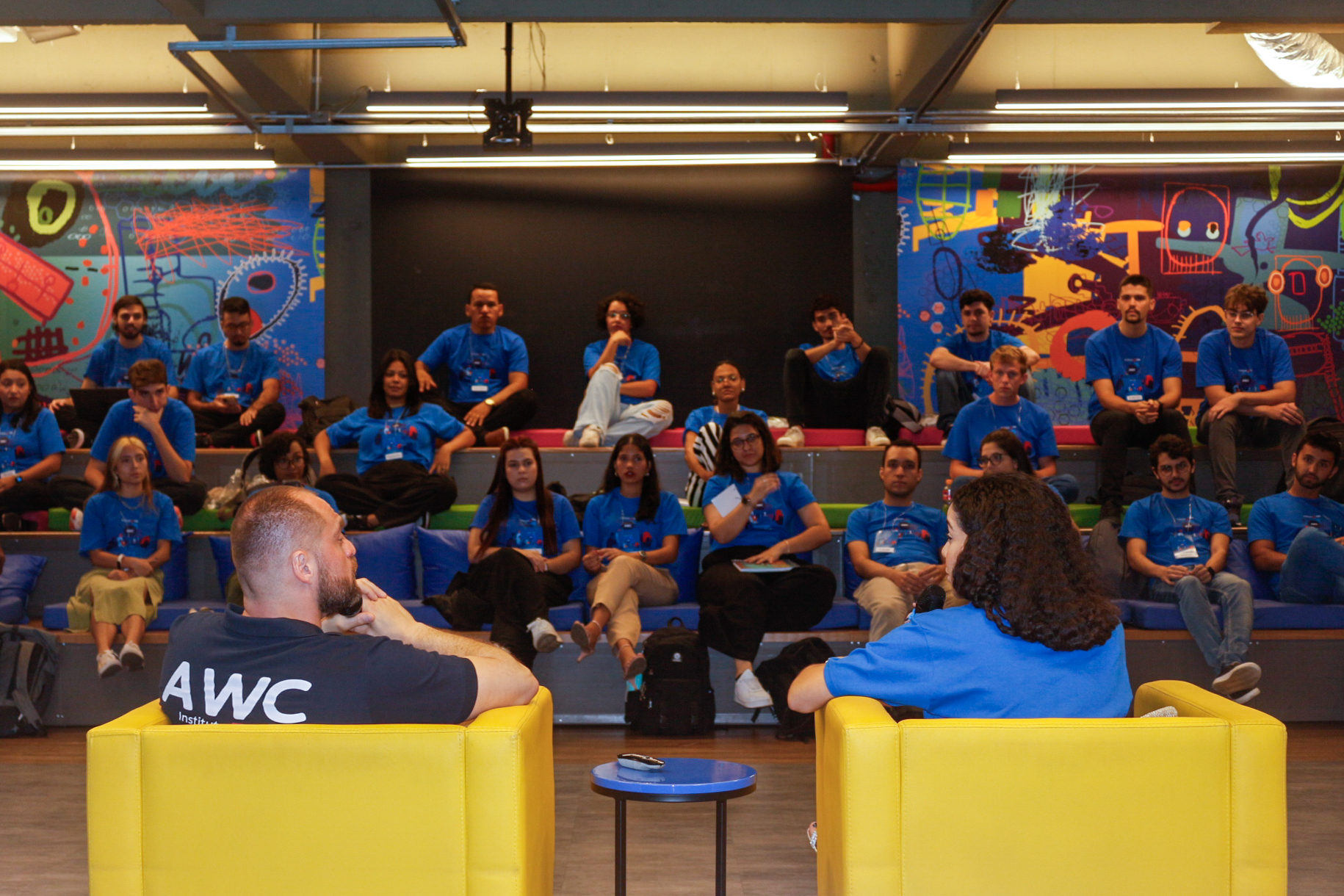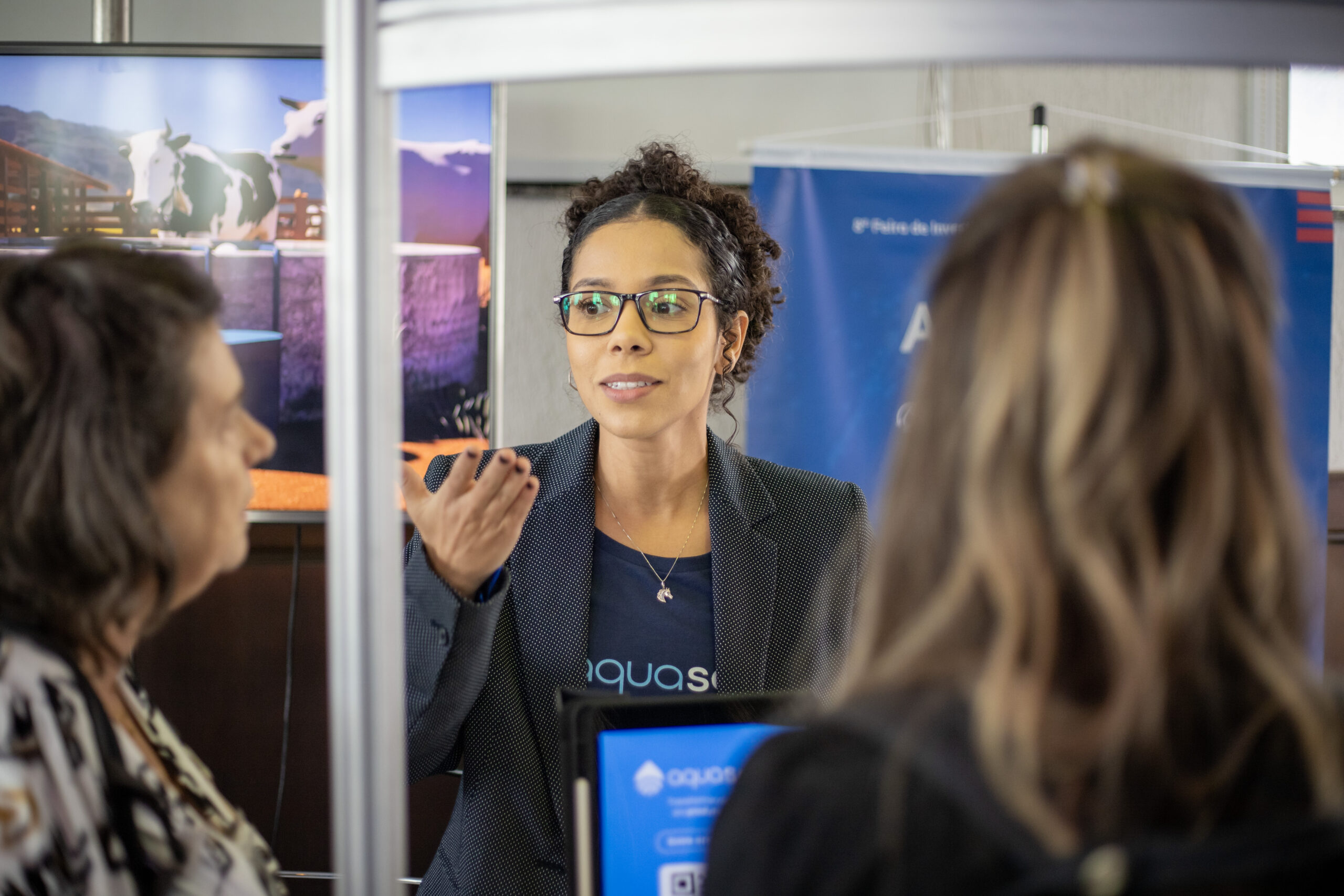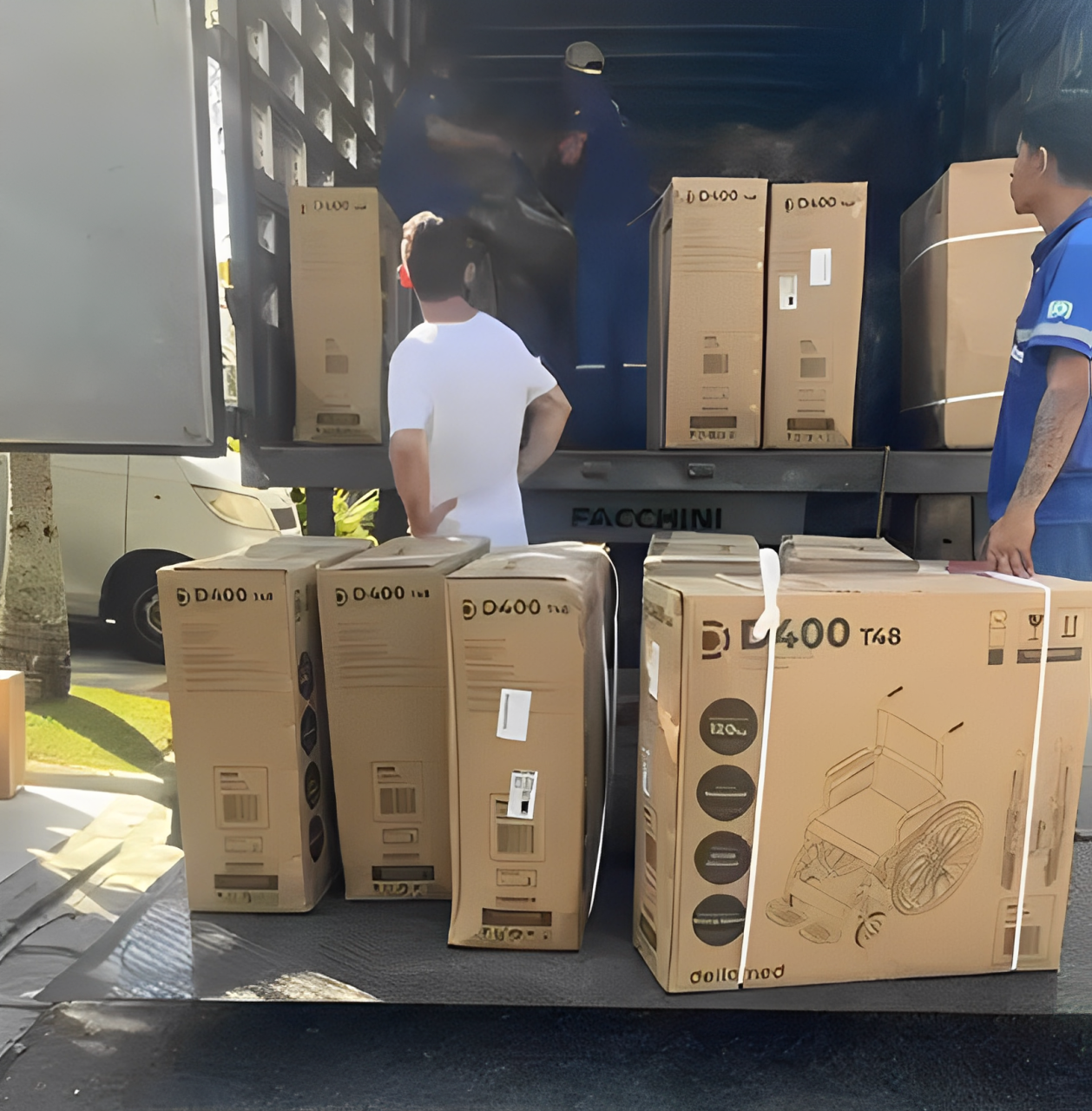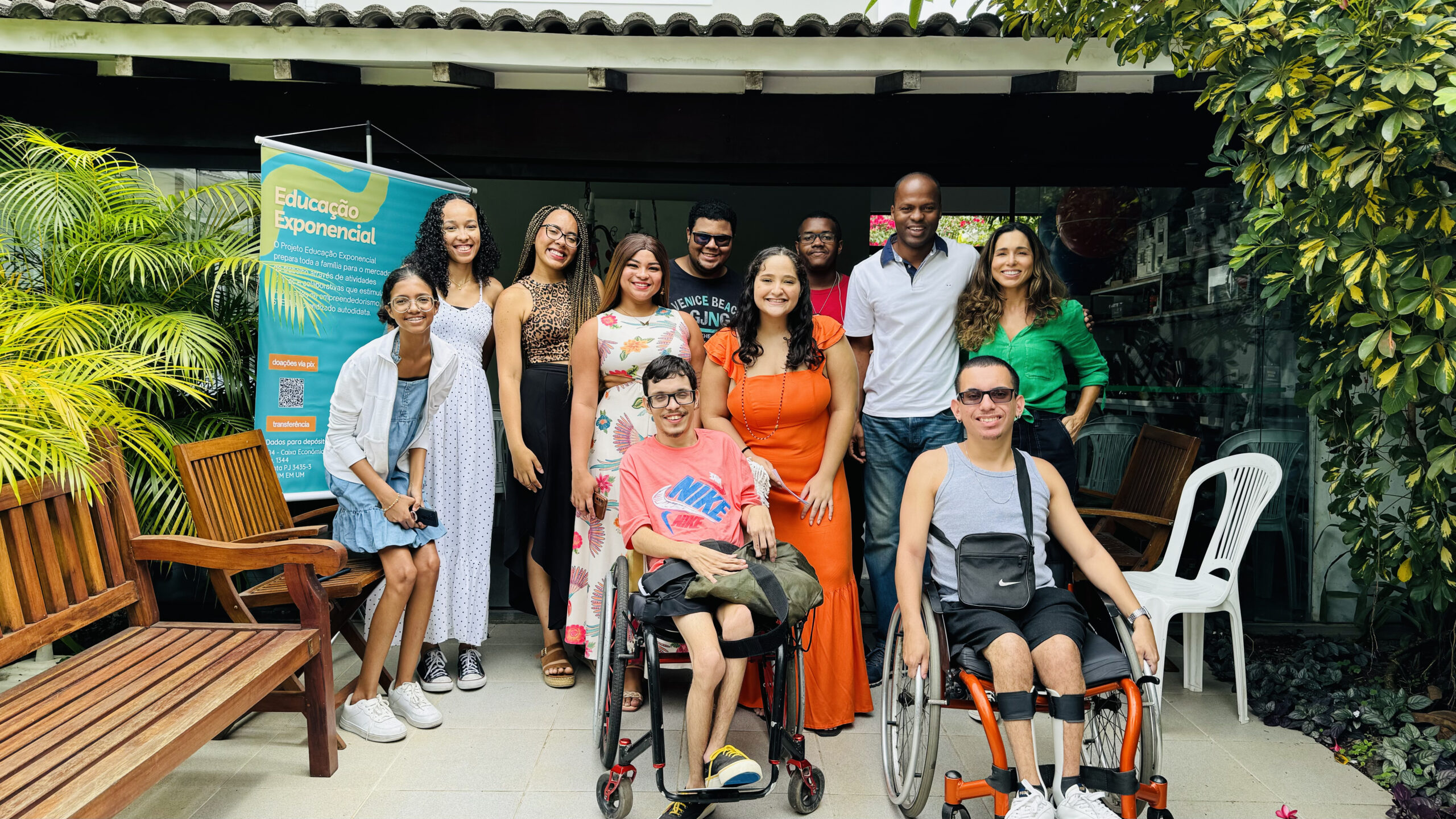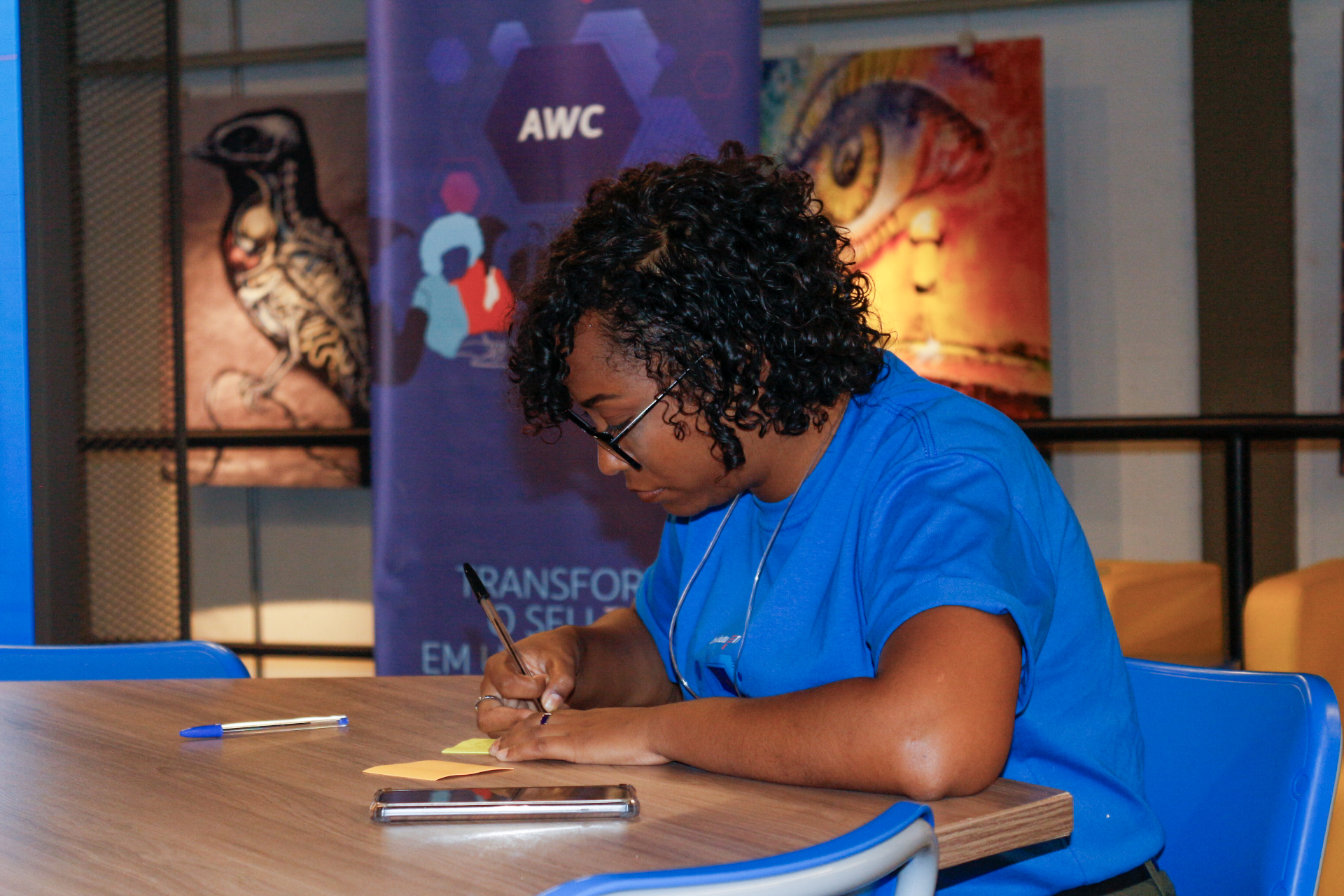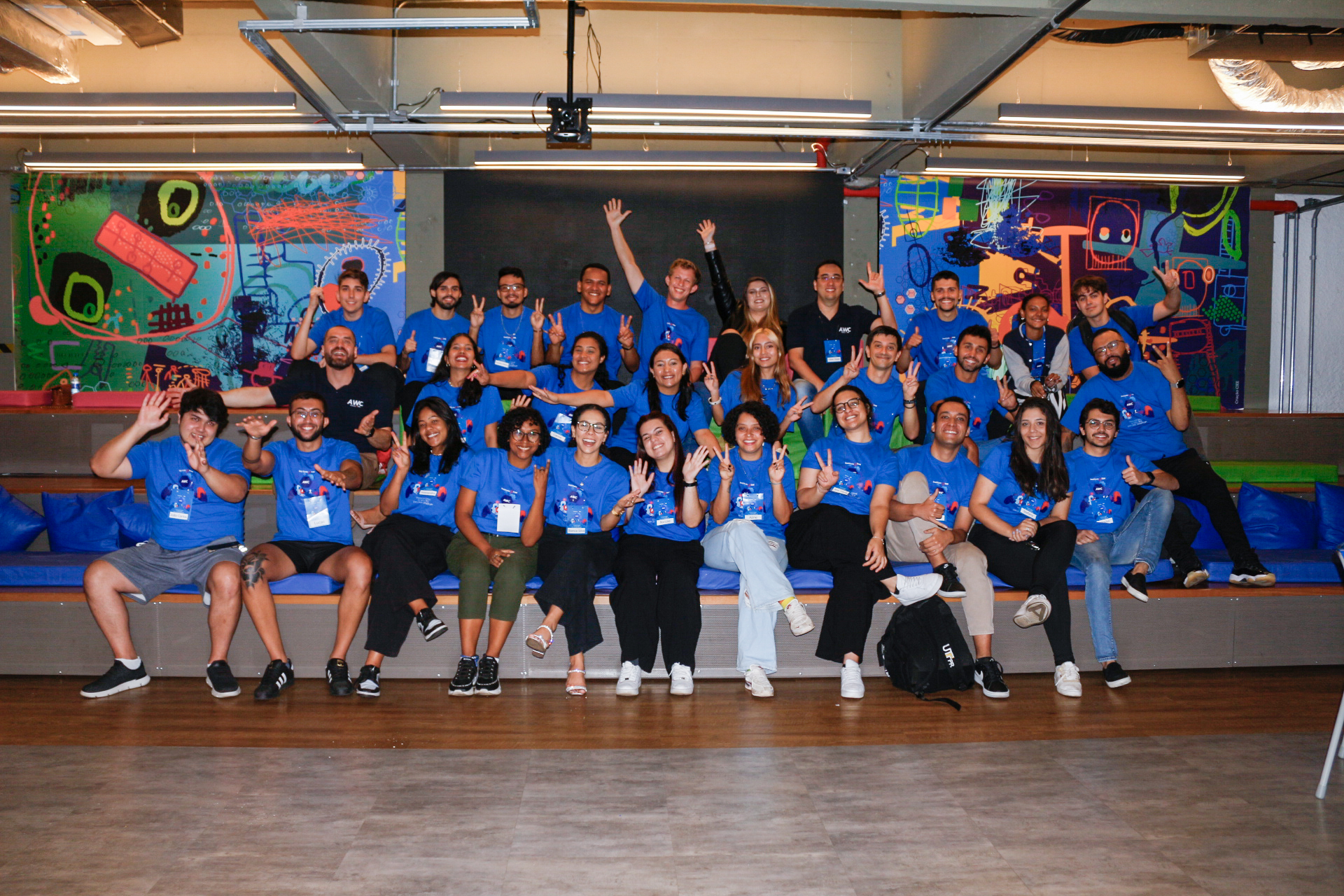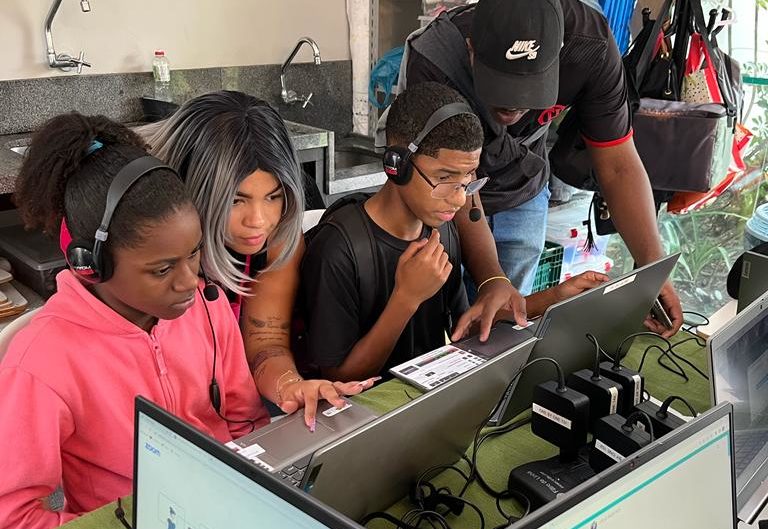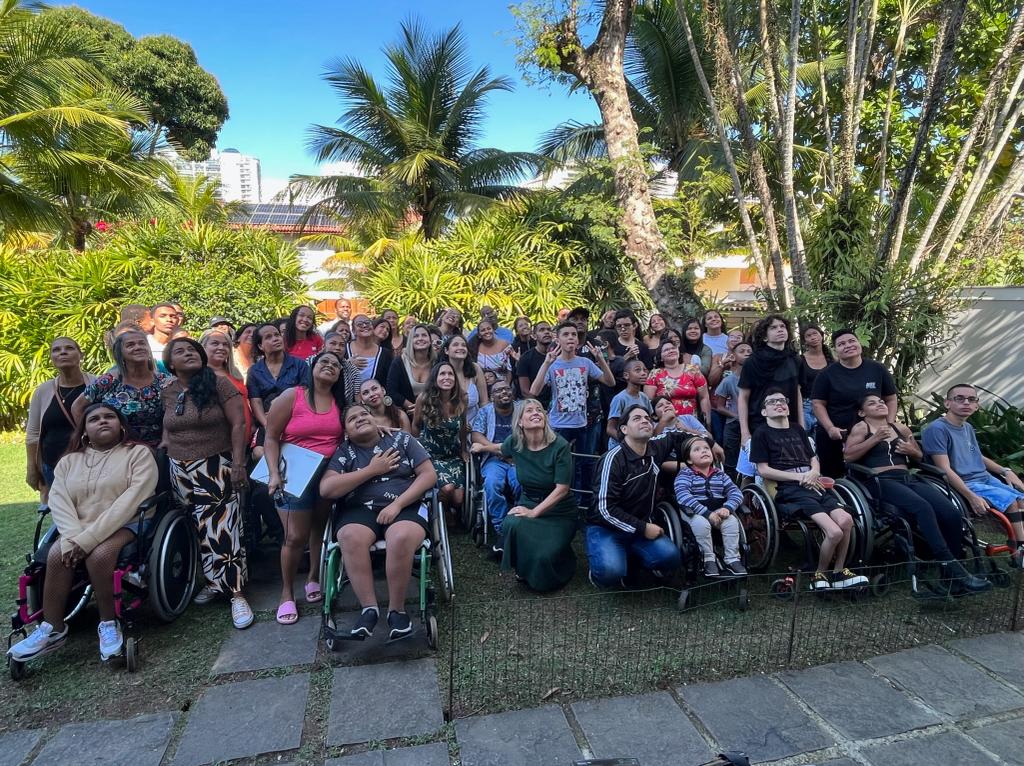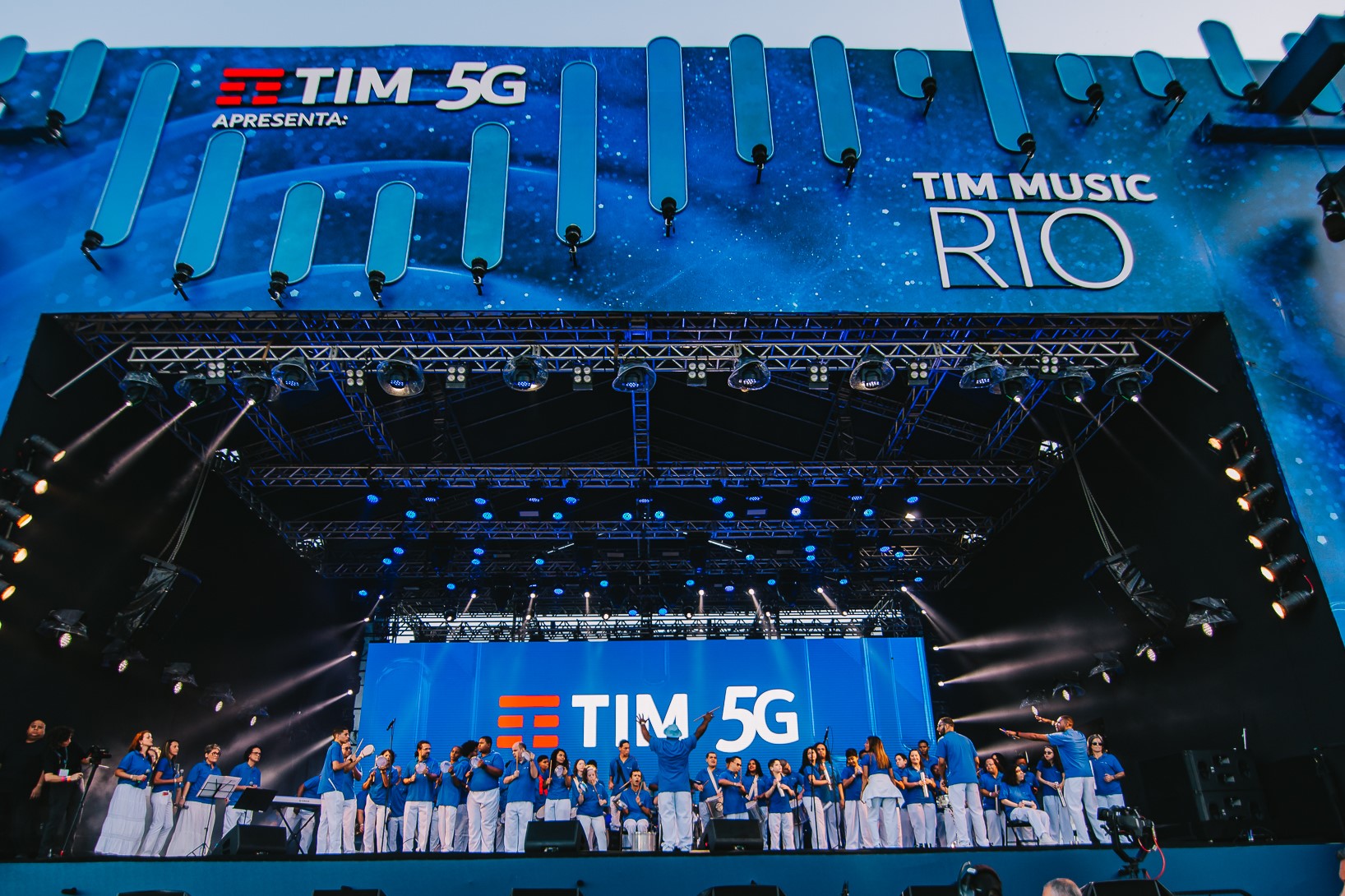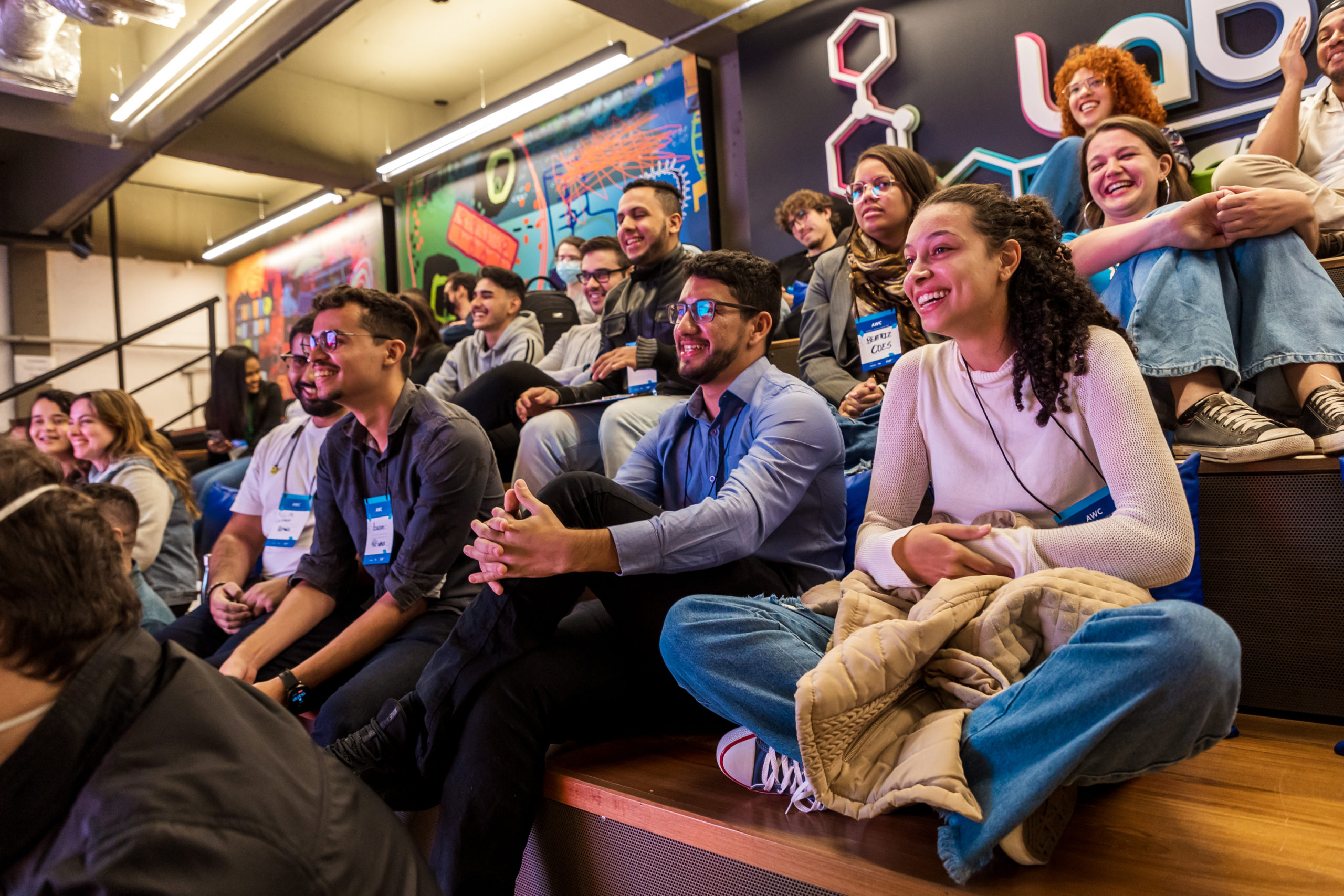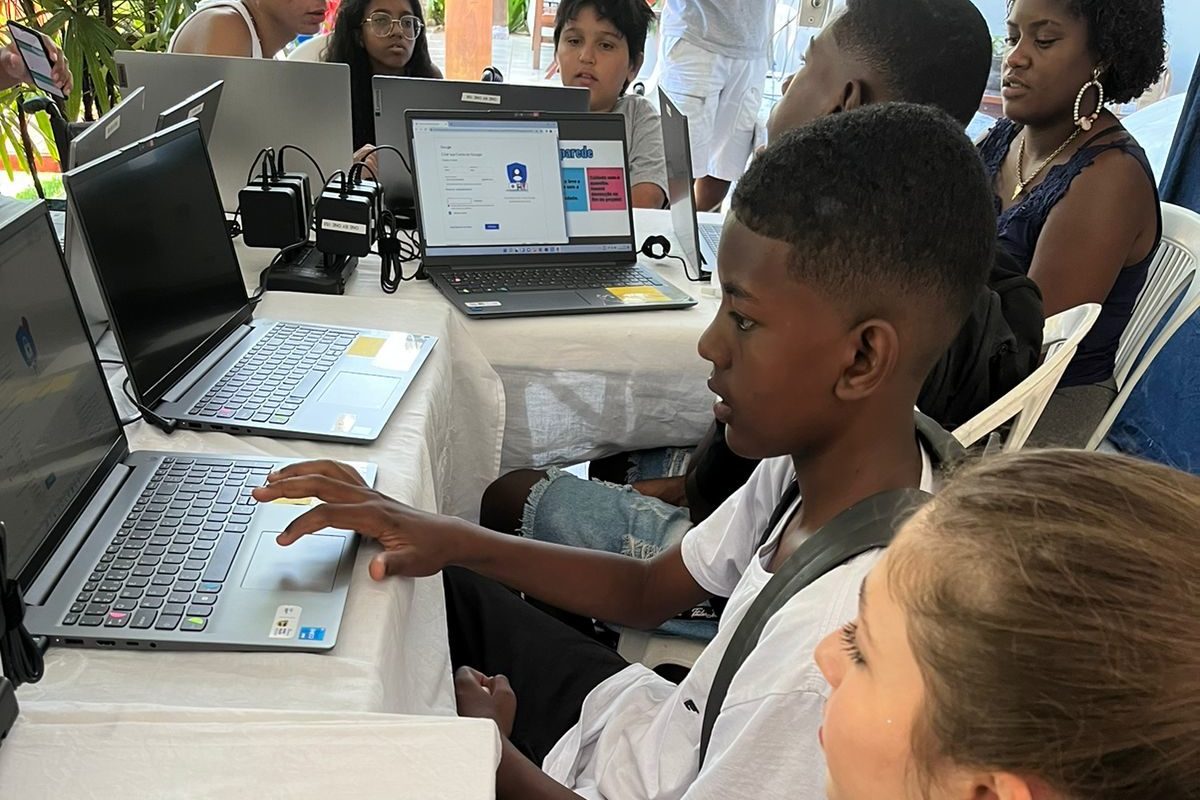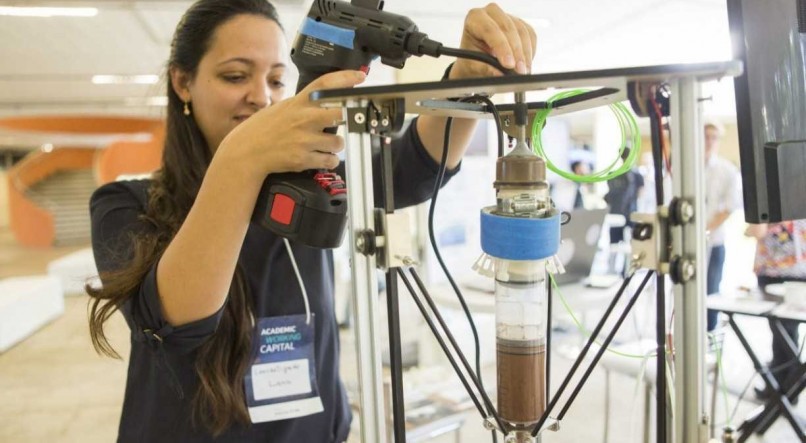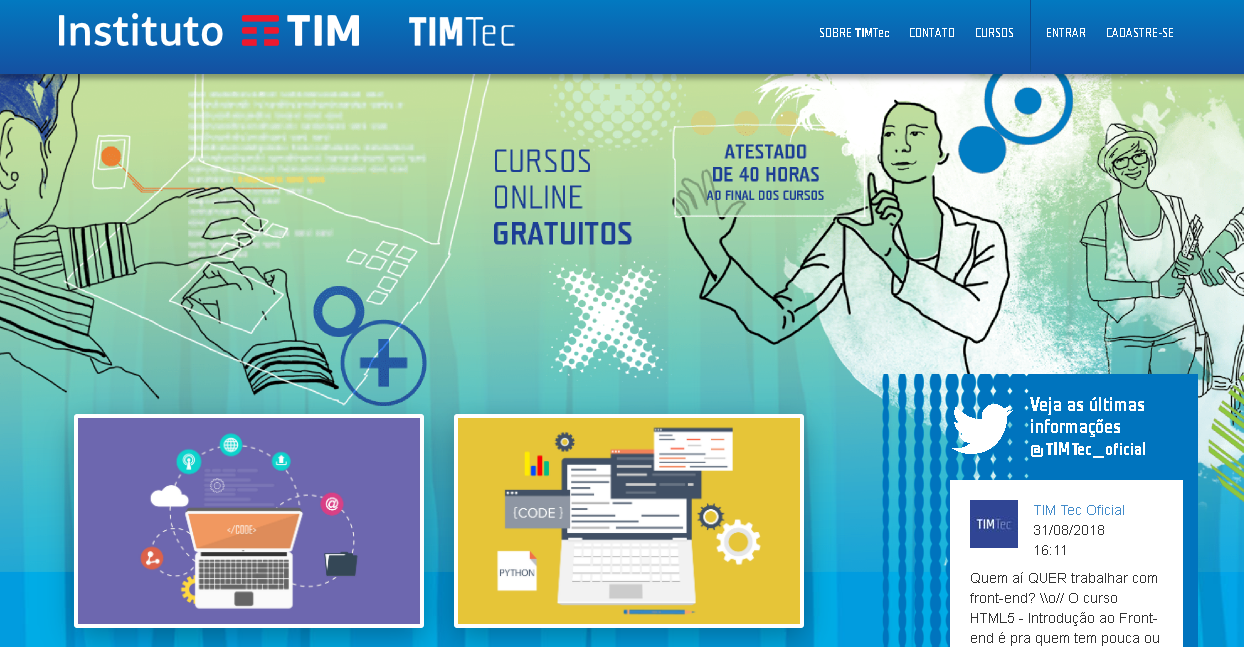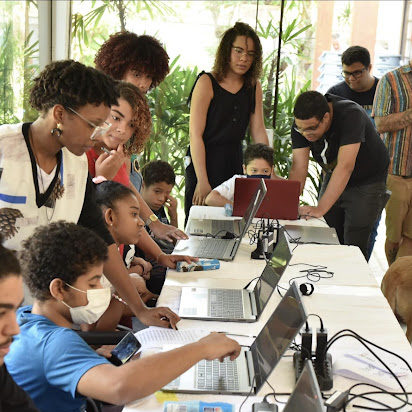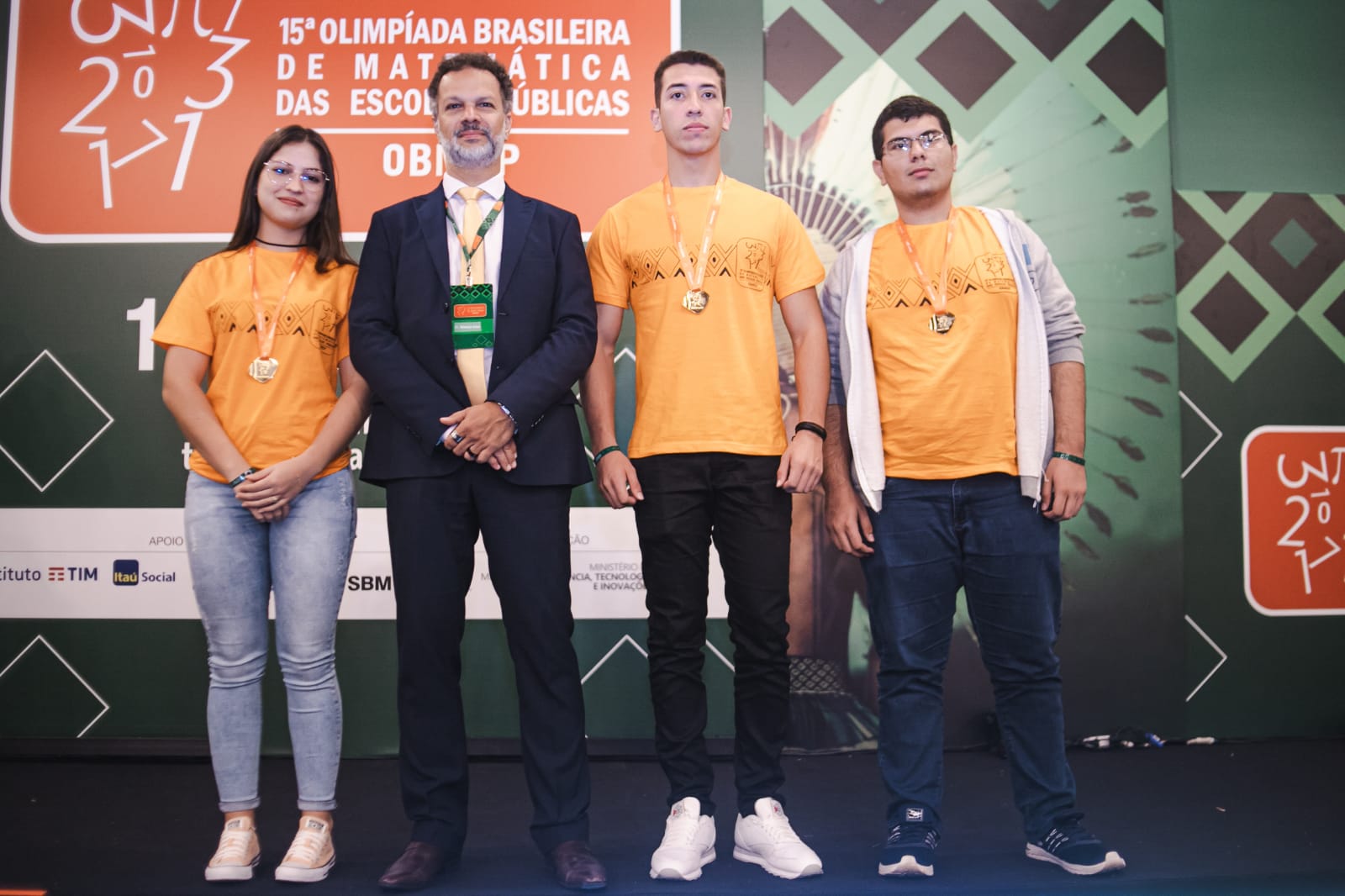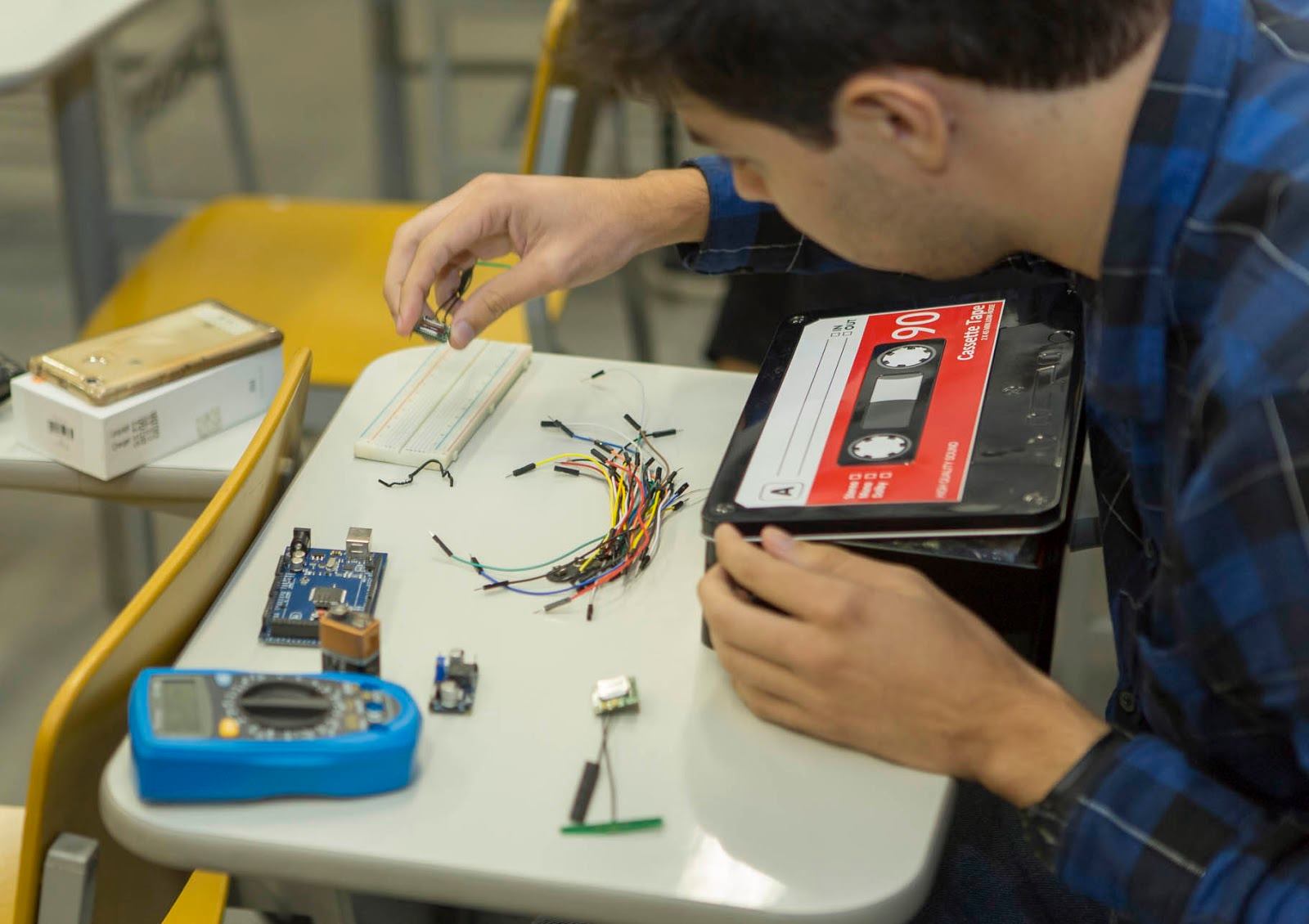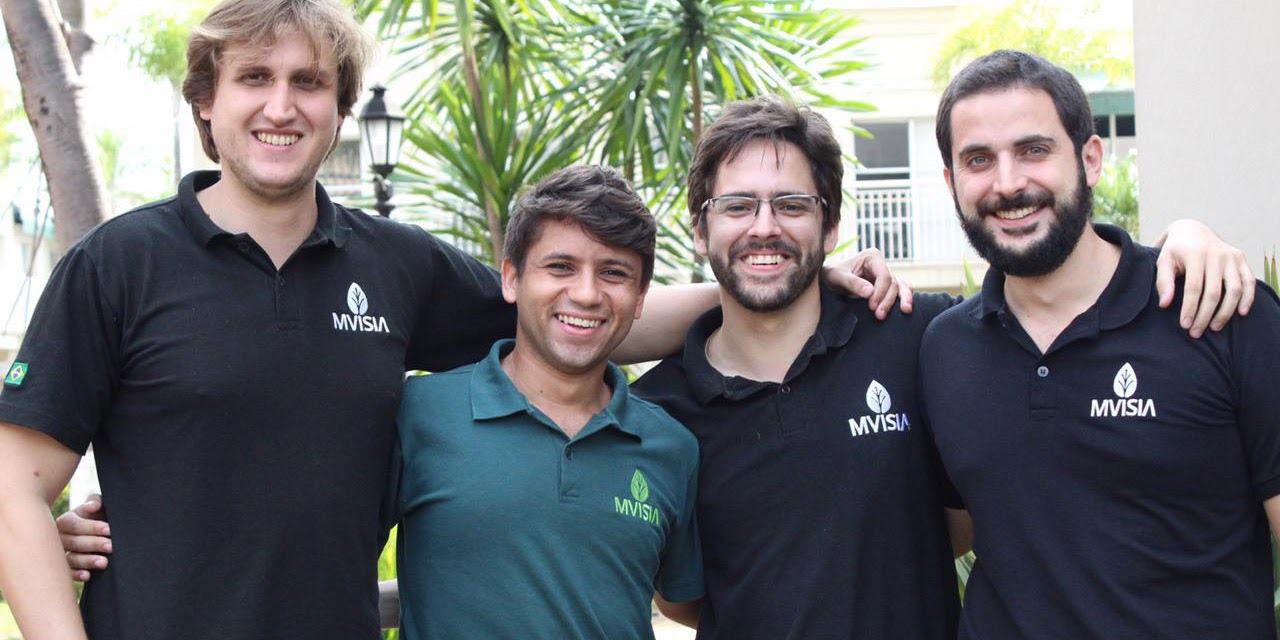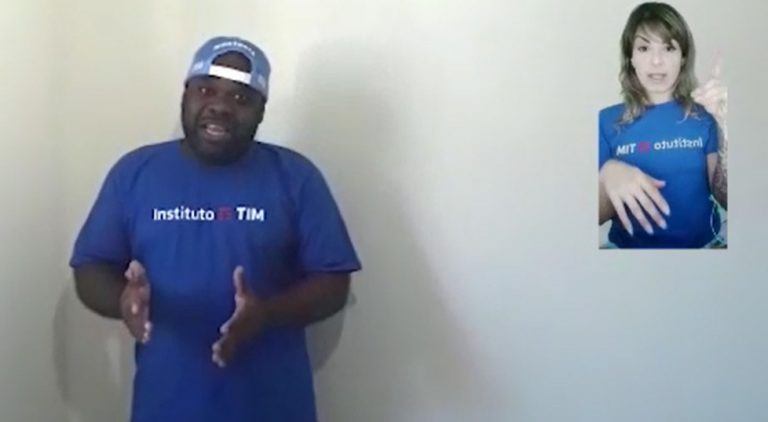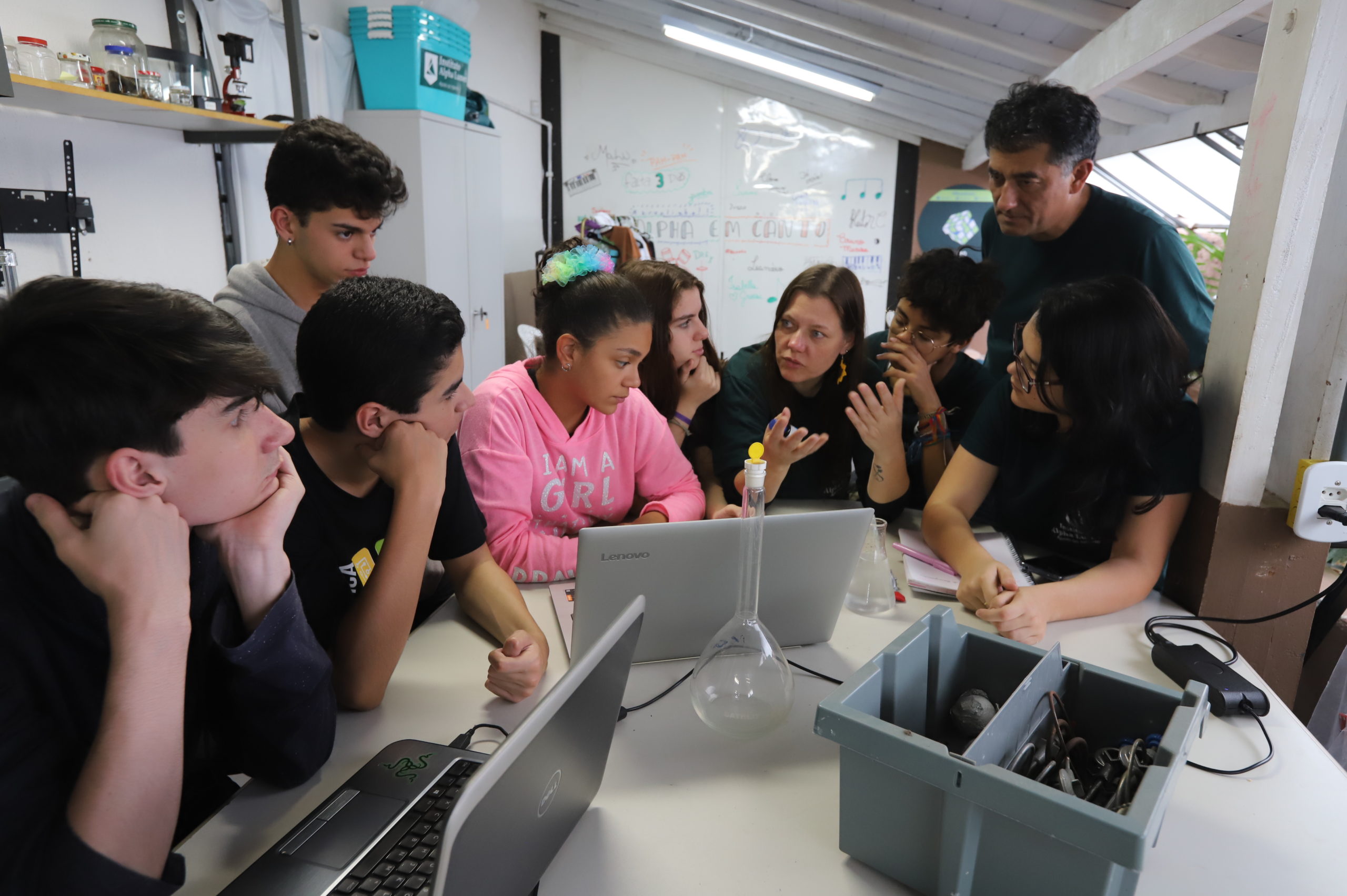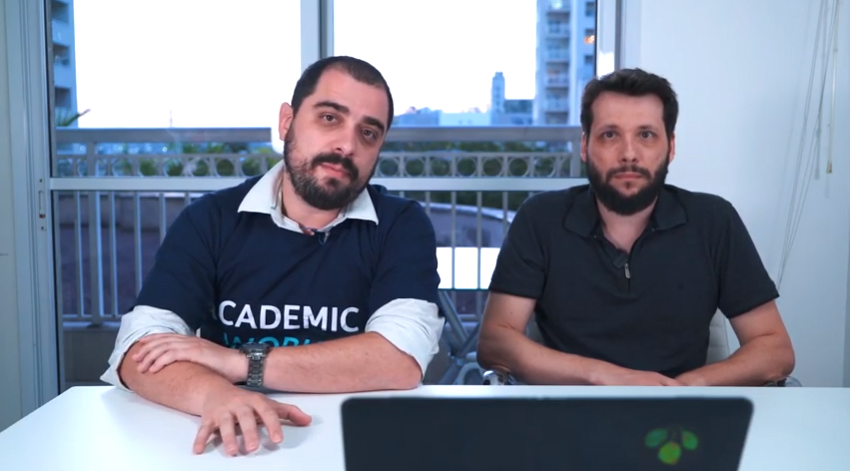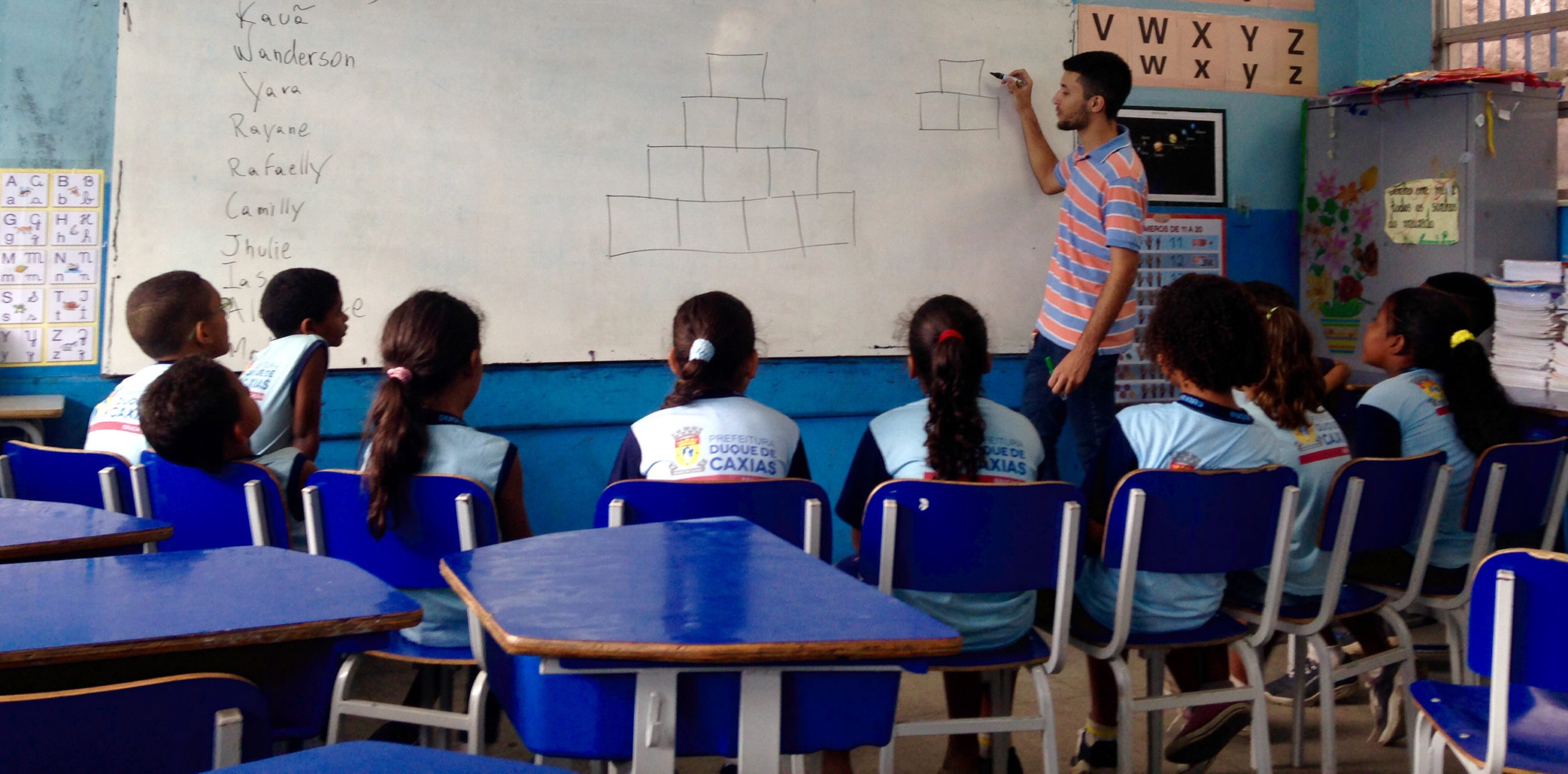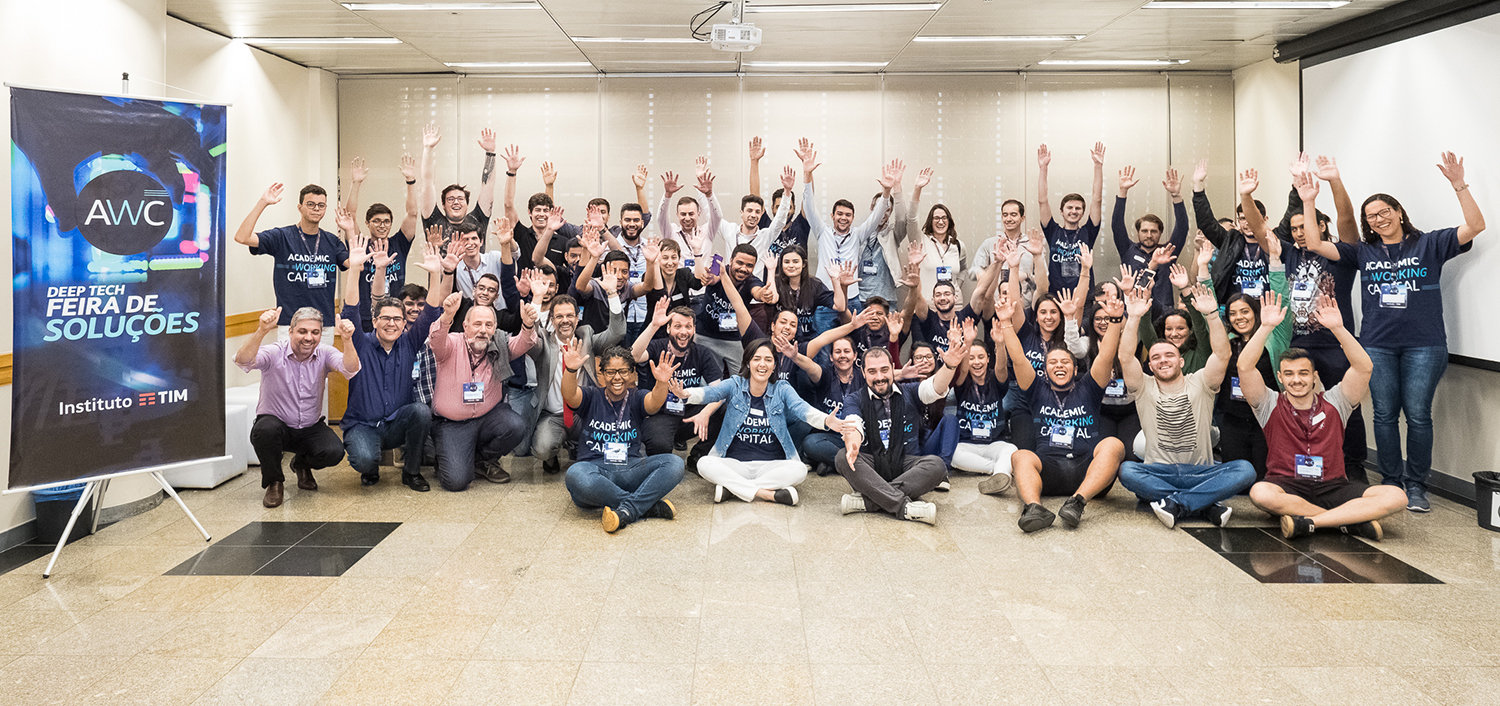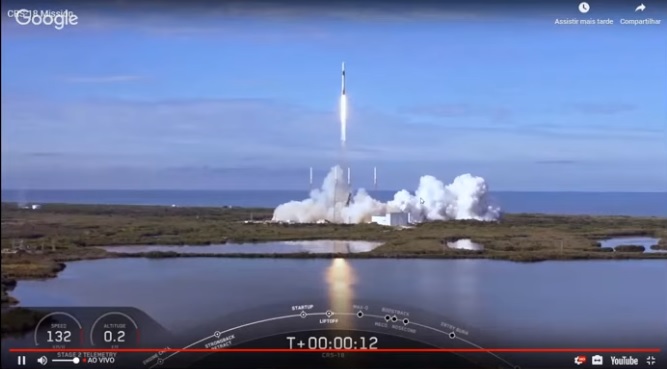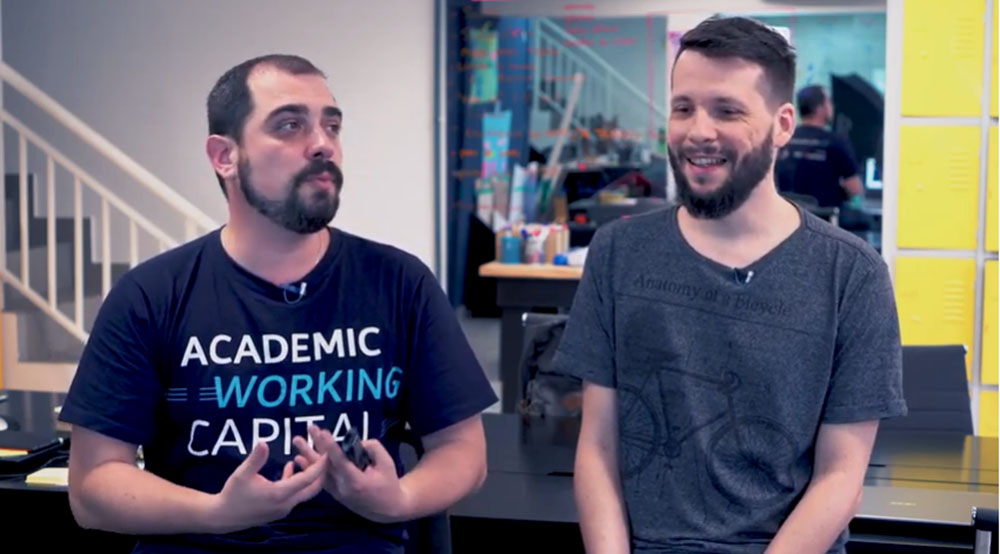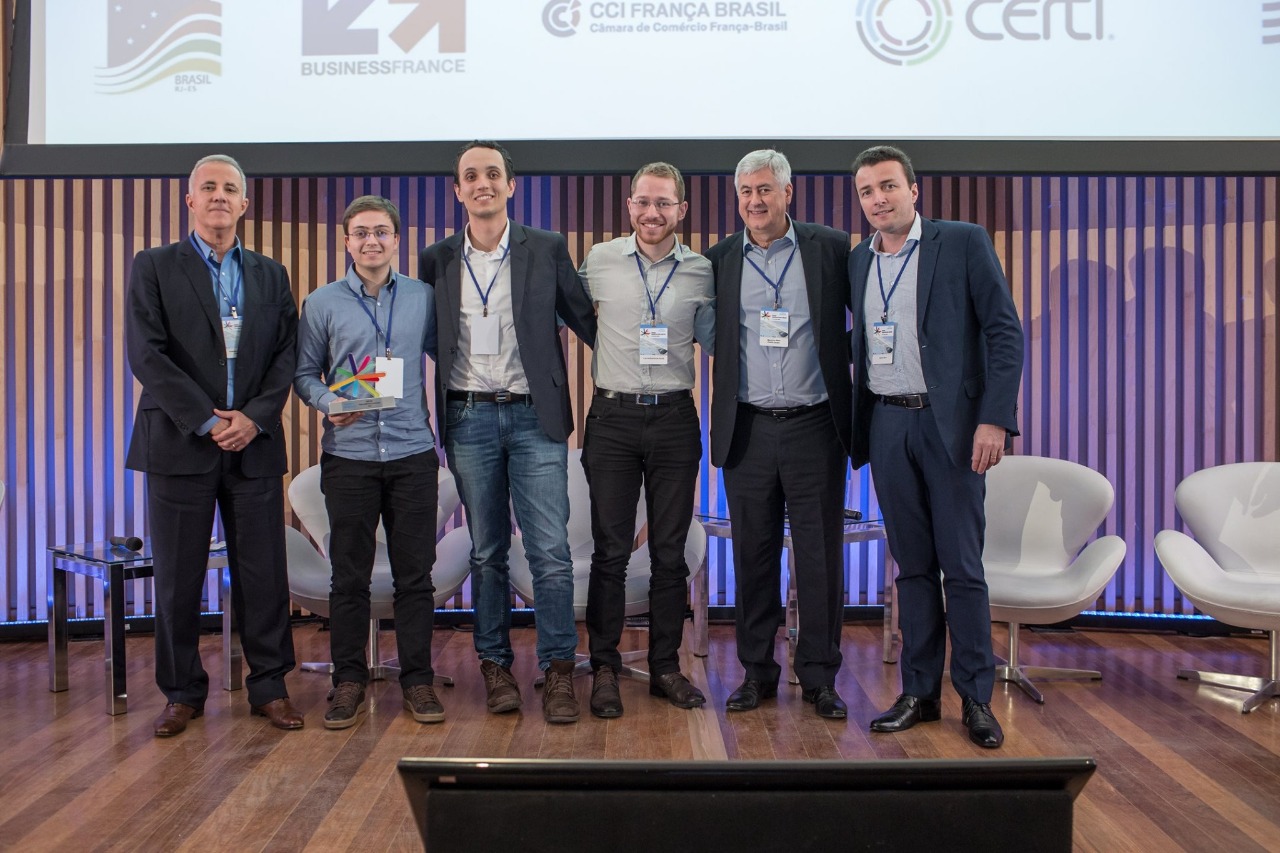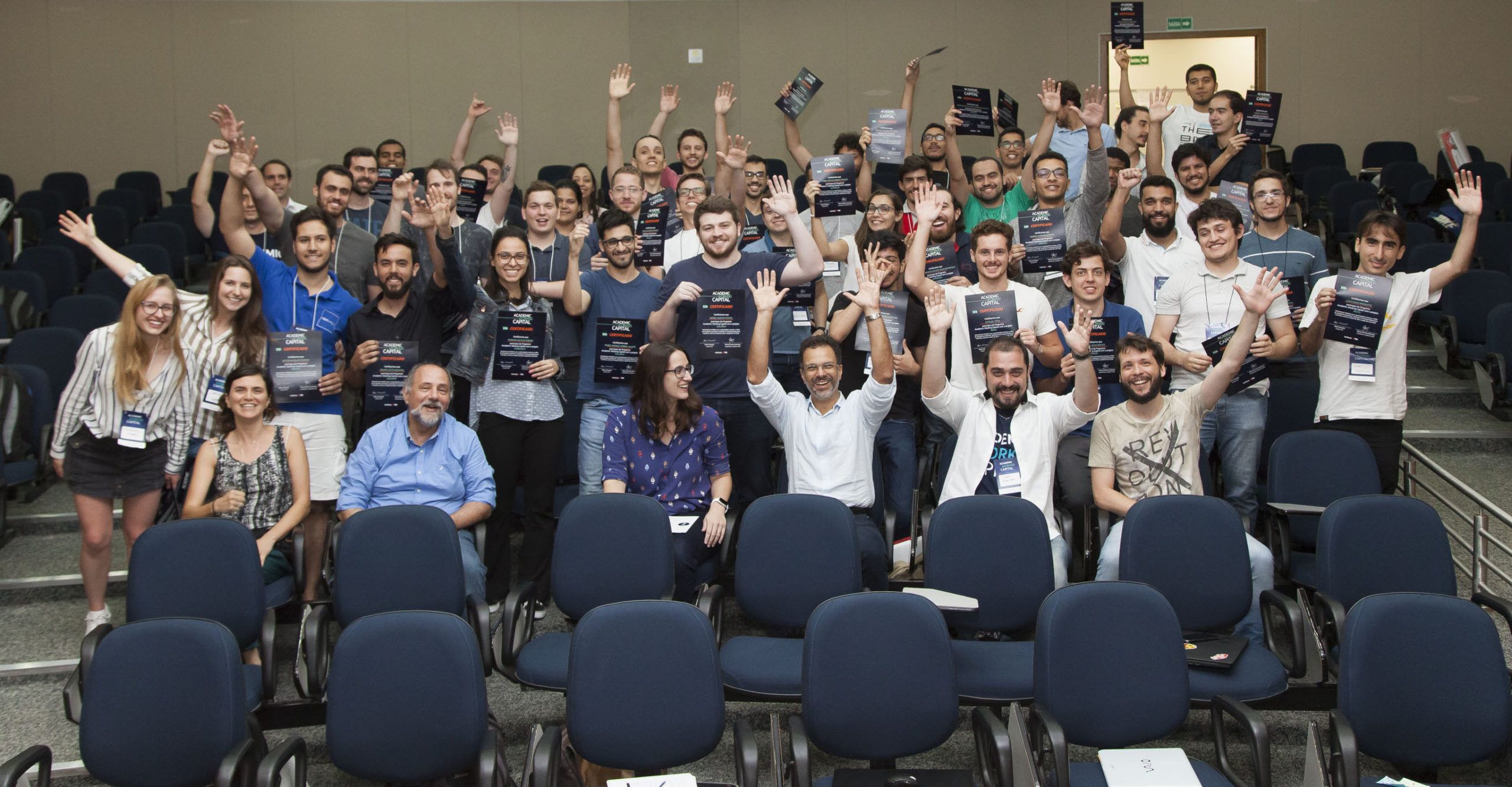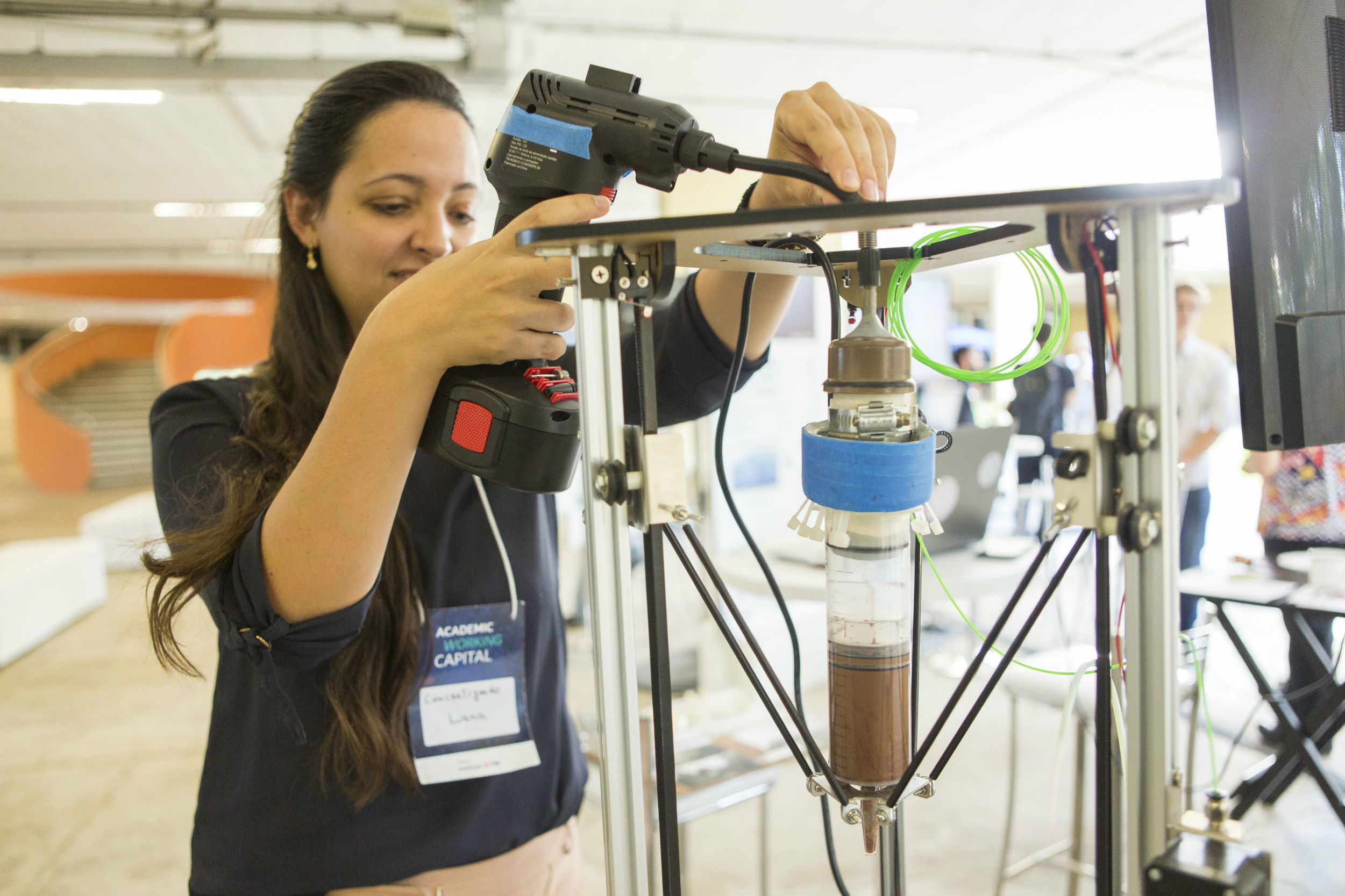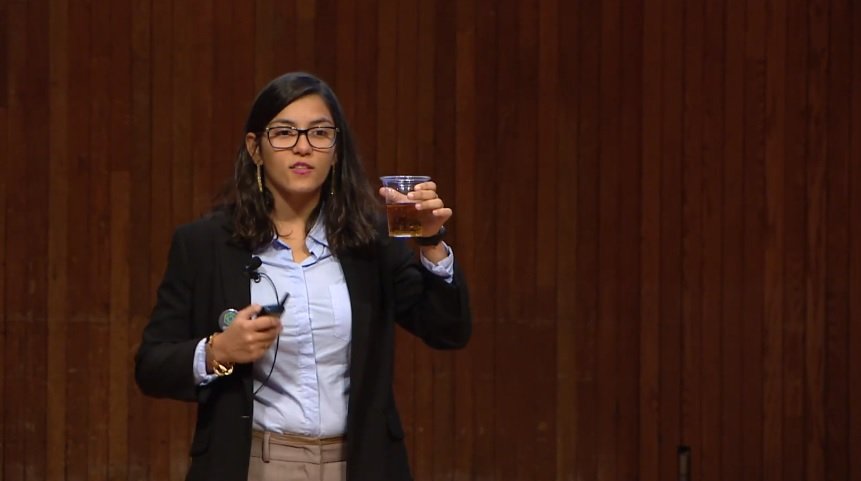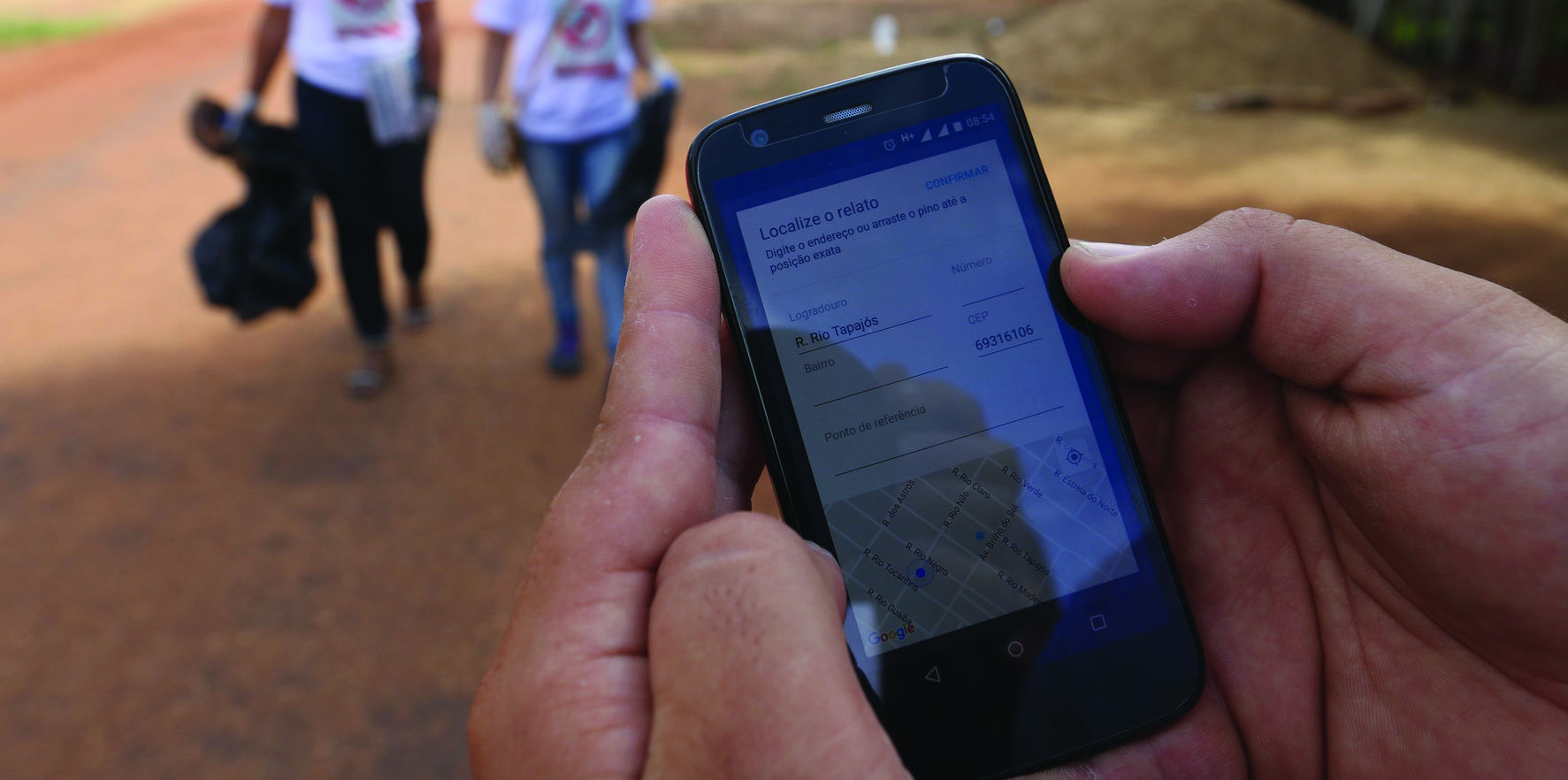
With increasingly populous urban centers around the world and more complex management demands, the discussion about the concept of smart cities is growing. Such concept involves the use of Information and Communication Technologies (ICTs) to improve the efficiency of the urban management and the quality of life of its residents. Three solutions developed by Instituto TIM are applied to smart cities: Busca Ativa Escolar, ZUP and Mapas Culturais.
Solutions for smart cities can have the participation of the inhabitants (case of Mapas Culturais, in which governments, cultural agents and citizens can access and feed the platforms with cultural data of cities and states) or be directed for internal use of the city governments (such as Busca Ativa Escolar platform, which is used by public administrators to identify, register and monitor cases of children and teenagers out of the school). ZUP platform can be used in both ways: city governments can register and internally control urban governance demands and inventories and the inhabitants themselves may request improvements using the app.

Once the information is available to the public administrators in a single digital system, it is possible to analyze and cross-check data more efficiently – even involving different sectors of the government -, which allows decision-making to be more agile and improved. Technology and innovation are important tools to manage a smart city, but sustainability, intersectoriality and social and digital inclusion are also essential factors for the strategy and solution planning.
There are several examples of solutions for smart cities in progress in Brazil and around the world. The Mobility Smart System in Medellín, Colombia, uses cameras, sensors and GPS installed in the streets, traffic lights and buses to monitor the traffic and the buses speed and occupancy. Generated data are also used to transmit information to the citizens through electronic panels, apps and social media. Tokyo, in Japan, has a complex system for prevention and alert of earthquakes. There are 4 thousand control points with seismographs and an integrated communication system with the citizens and monitoring of traffic, electricity, gas and water systems and survival bunkers. The city of Itu-SP has more than 3 thousand selective waste collection containers scattered in the city. They are equipped with sensors that warns off when they are full and if they need to be fixed or replaced, allowing the collection to be carried out more strategically.
See other examples and learn more on smart cities in the publication “The road towards smart cities: migrating from traditional city management to the smart city”, published by the Inter-American Development Bank (IDB). It can be downloaded here.



